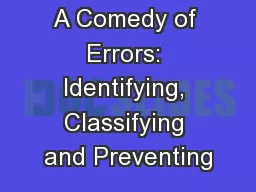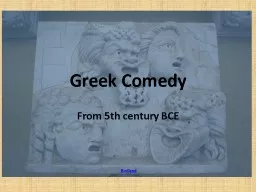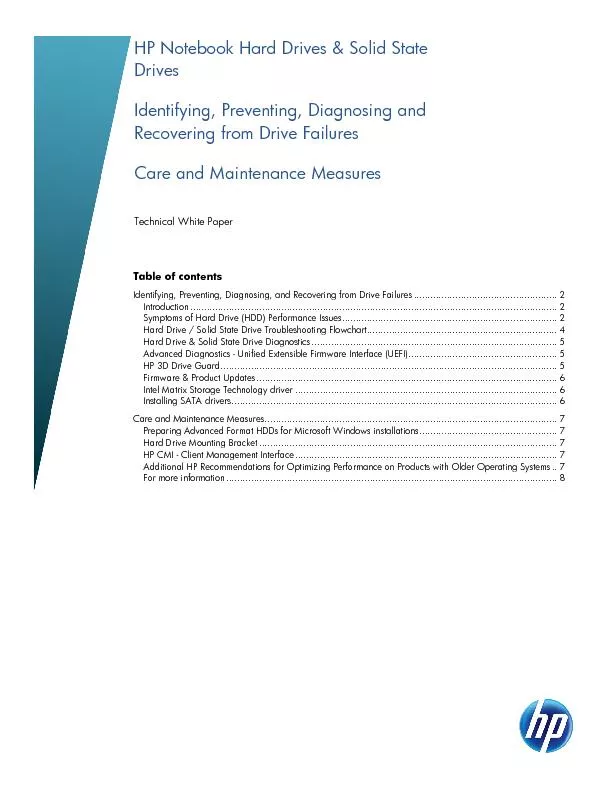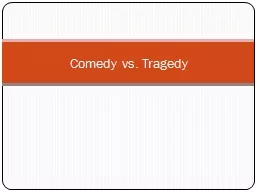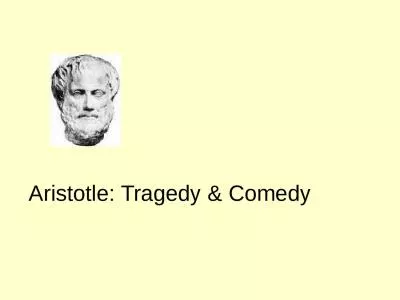PPT-A Comedy of Errors: Identifying, Classifying and Preventing
Author : ellena-manuel | Published Date : 2017-05-19
Michael Drabkin MD Margaret Steiner Isael Perez Steven Lev MD Nassau University Medical Center eEdE106 Purpose To review and classify causes of errors in diagnostic
Presentation Embed Code
Download Presentation
Download Presentation The PPT/PDF document "A Comedy of Errors: Identifying, Classif..." is the property of its rightful owner. Permission is granted to download and print the materials on this website for personal, non-commercial use only, and to display it on your personal computer provided you do not modify the materials and that you retain all copyright notices contained in the materials. By downloading content from our website, you accept the terms of this agreement.
A Comedy of Errors: Identifying, Classifying and Preventing: Transcript
Download Rules Of Document
"A Comedy of Errors: Identifying, Classifying and Preventing"The content belongs to its owner. You may download and print it for personal use, without modification, and keep all copyright notices. By downloading, you agree to these terms.
Related Documents

